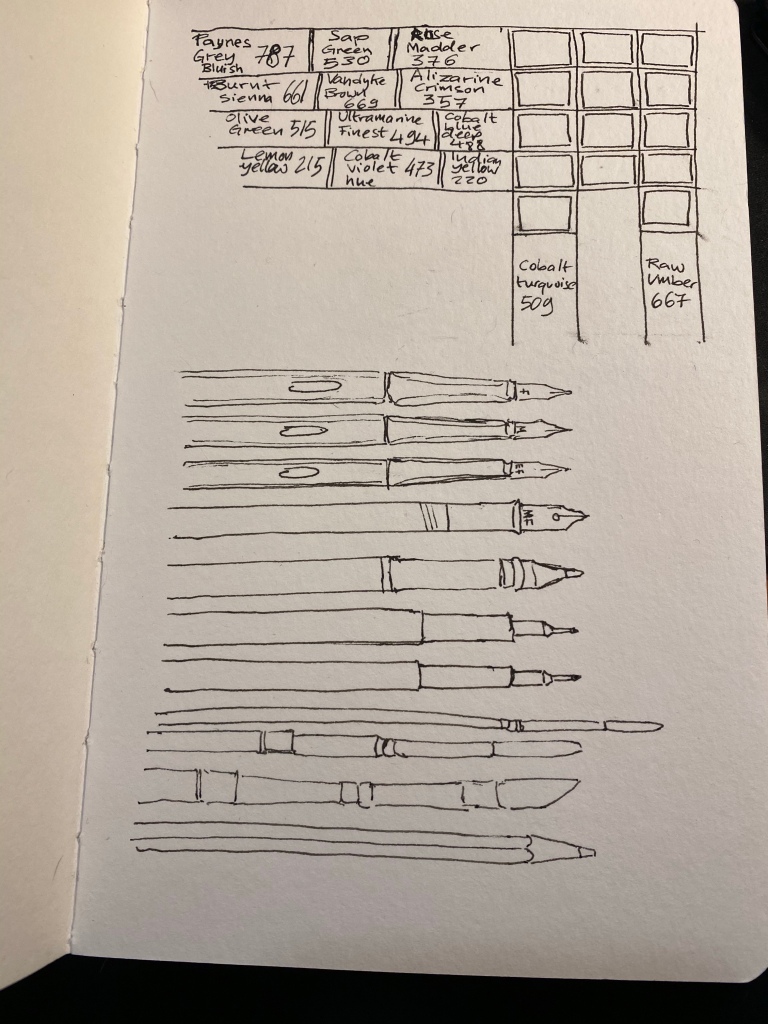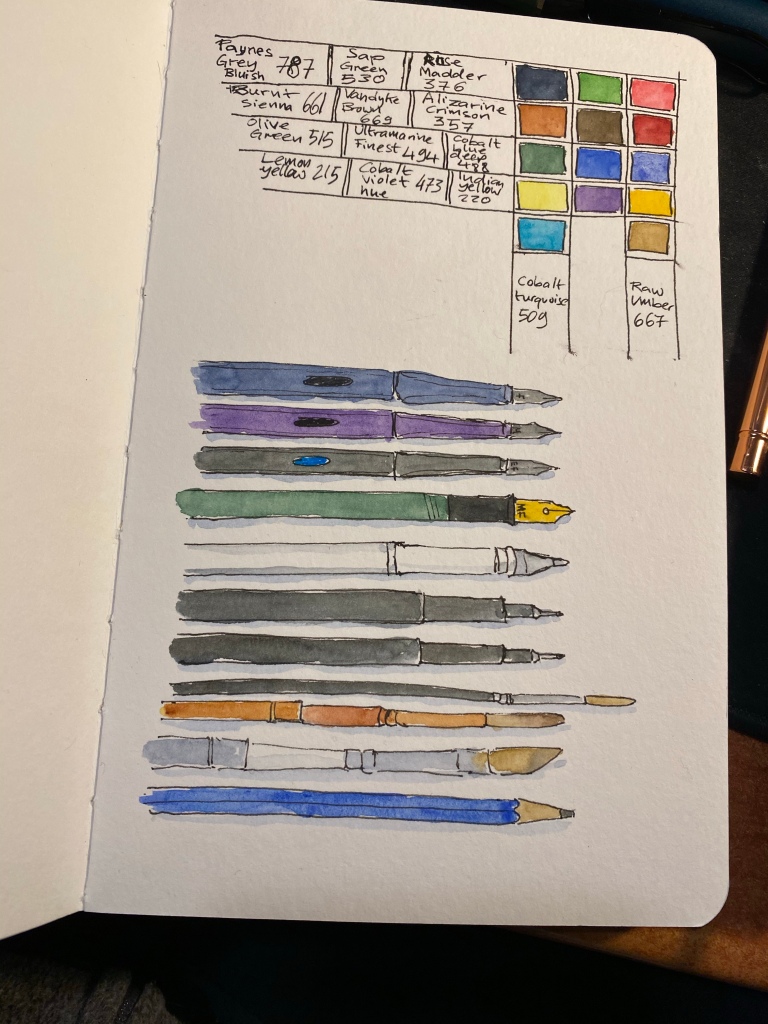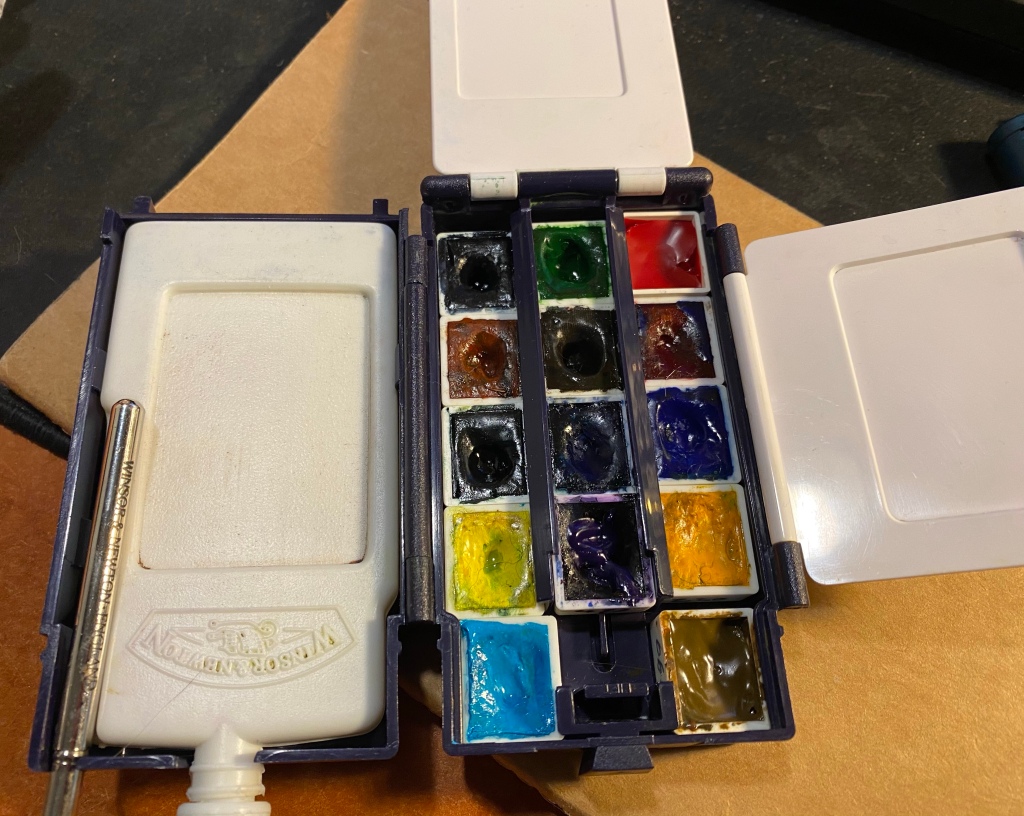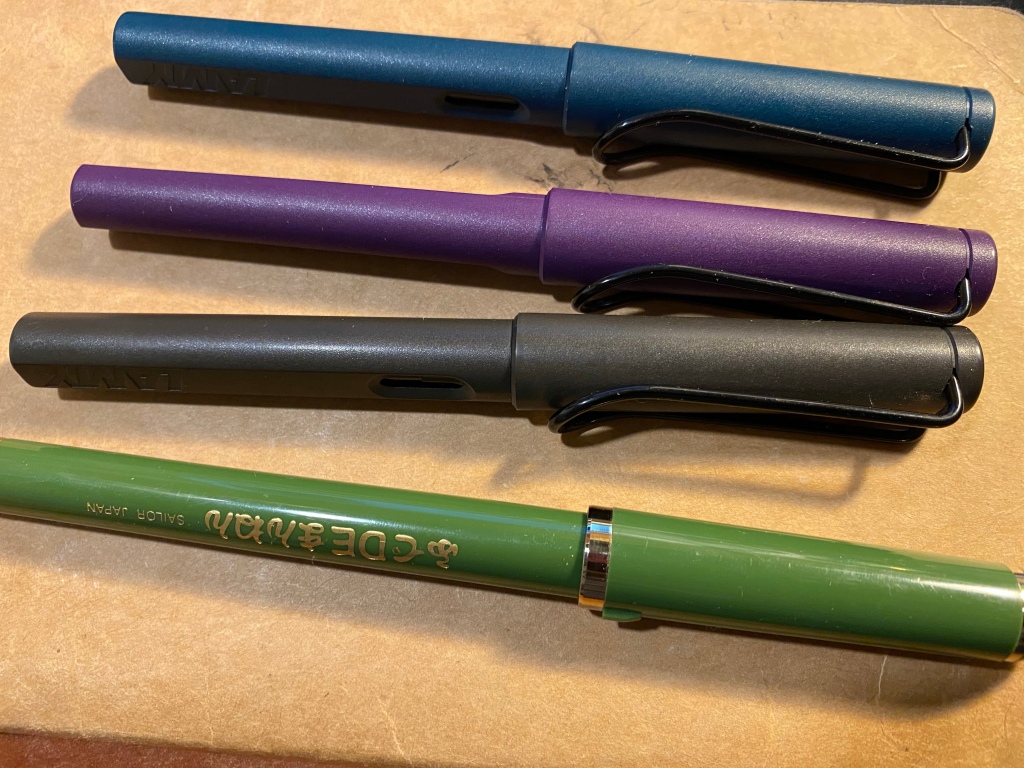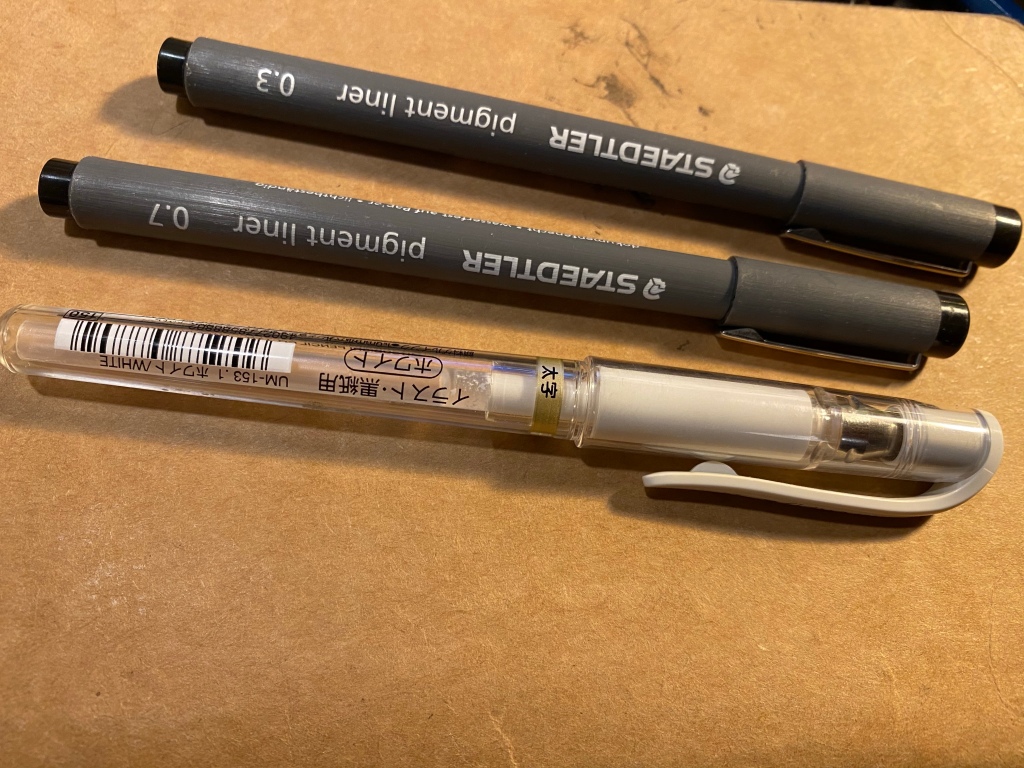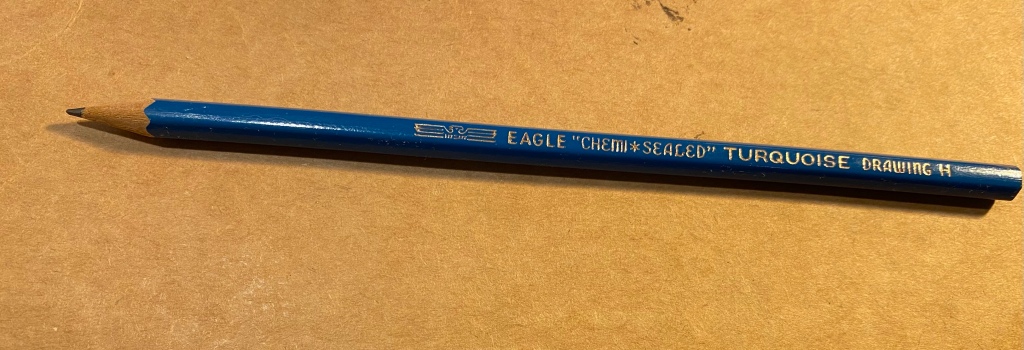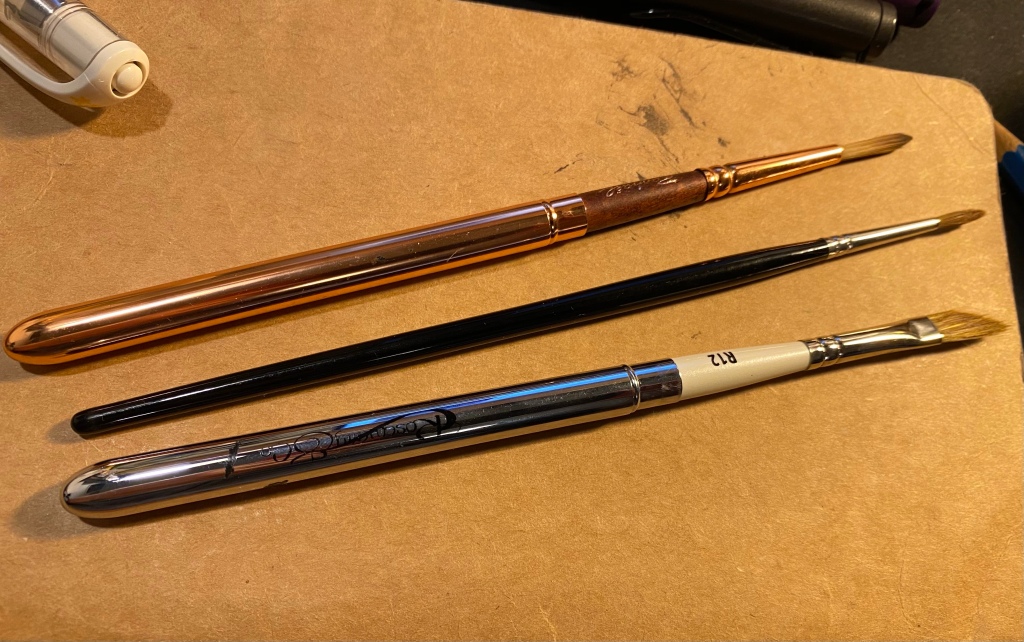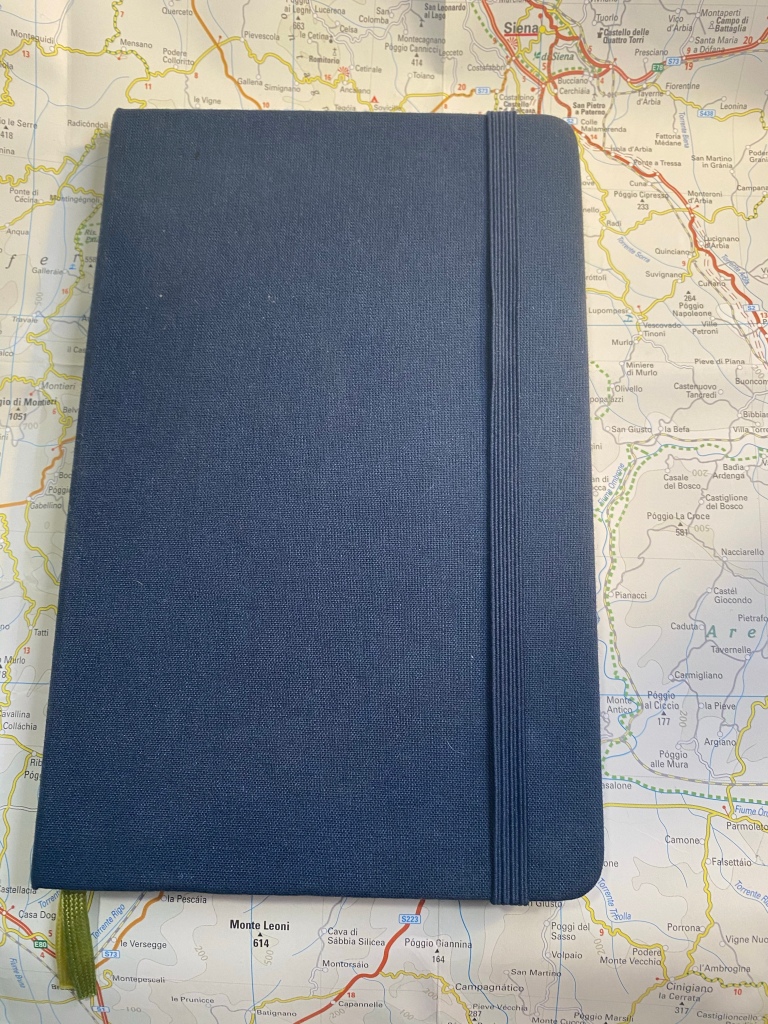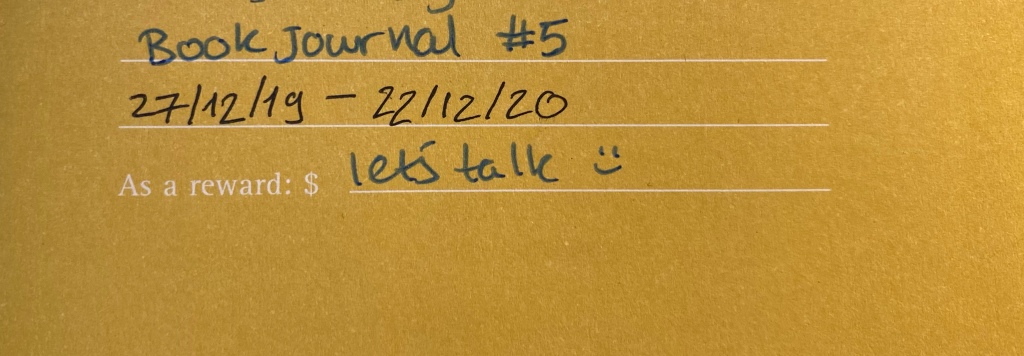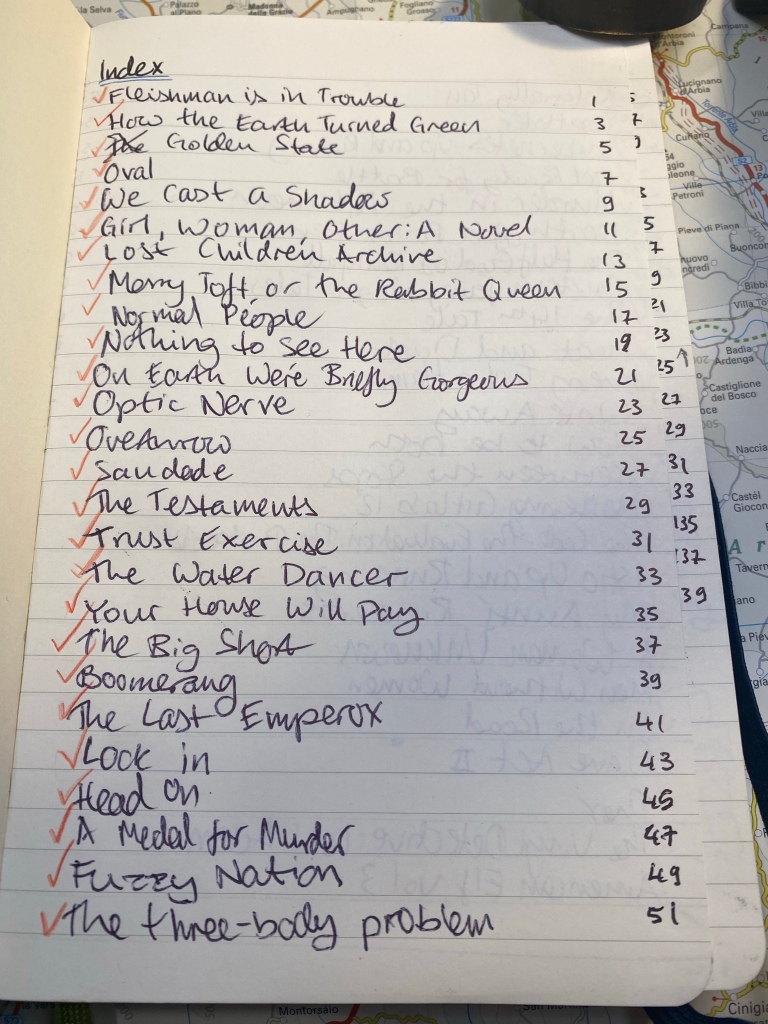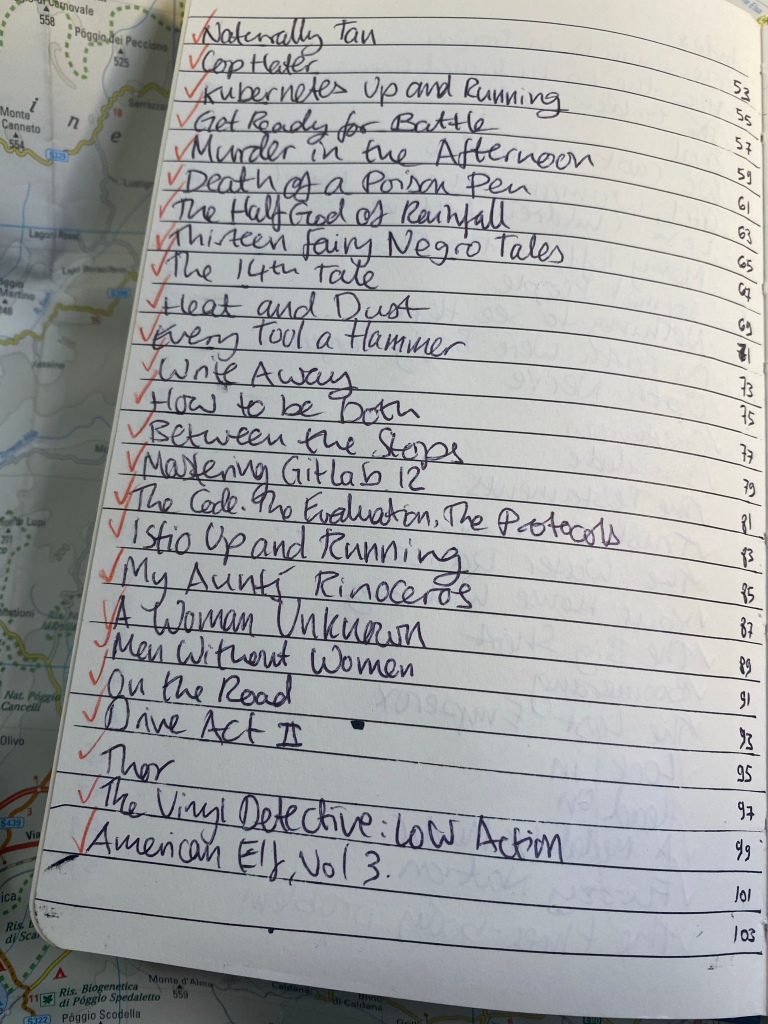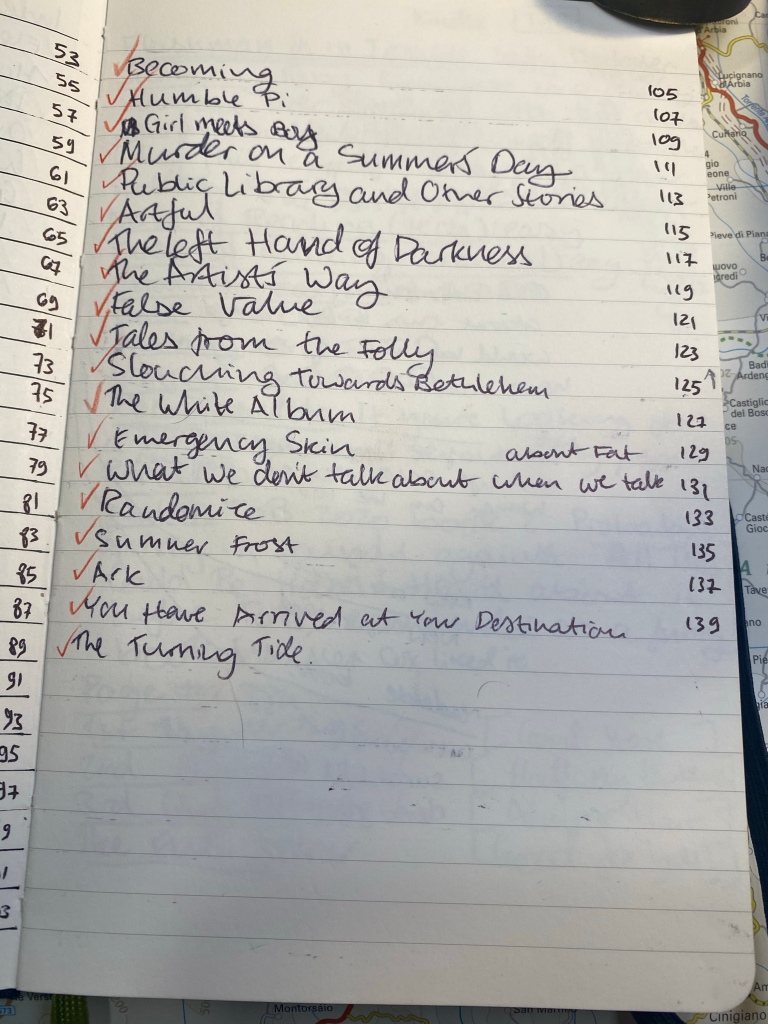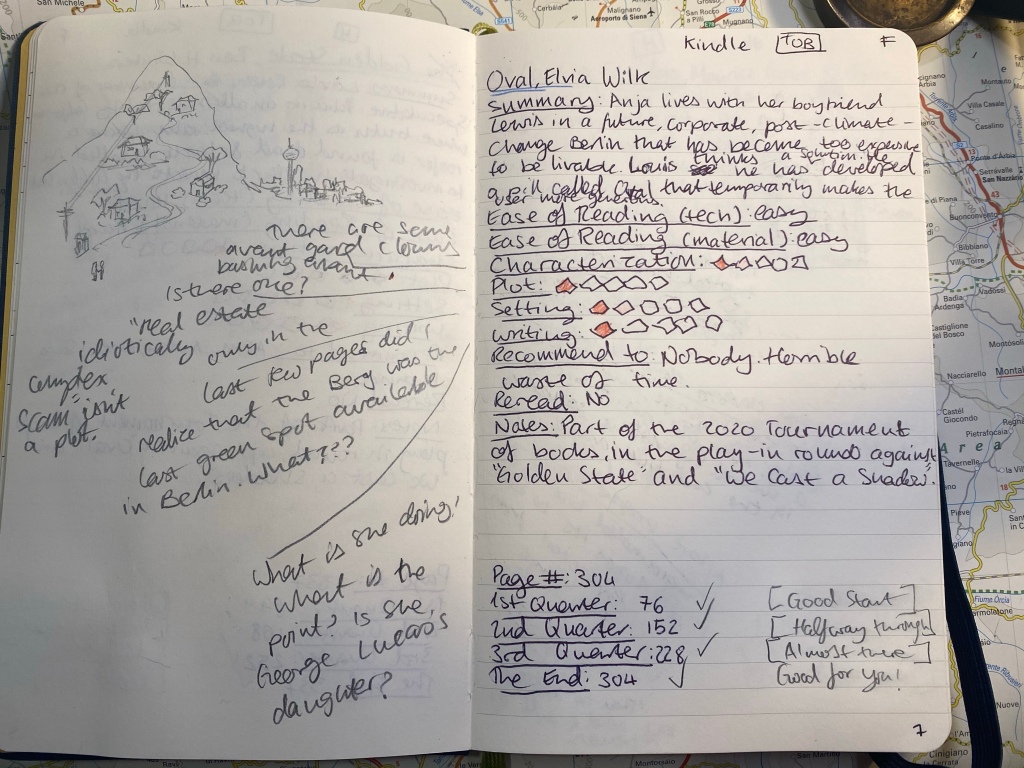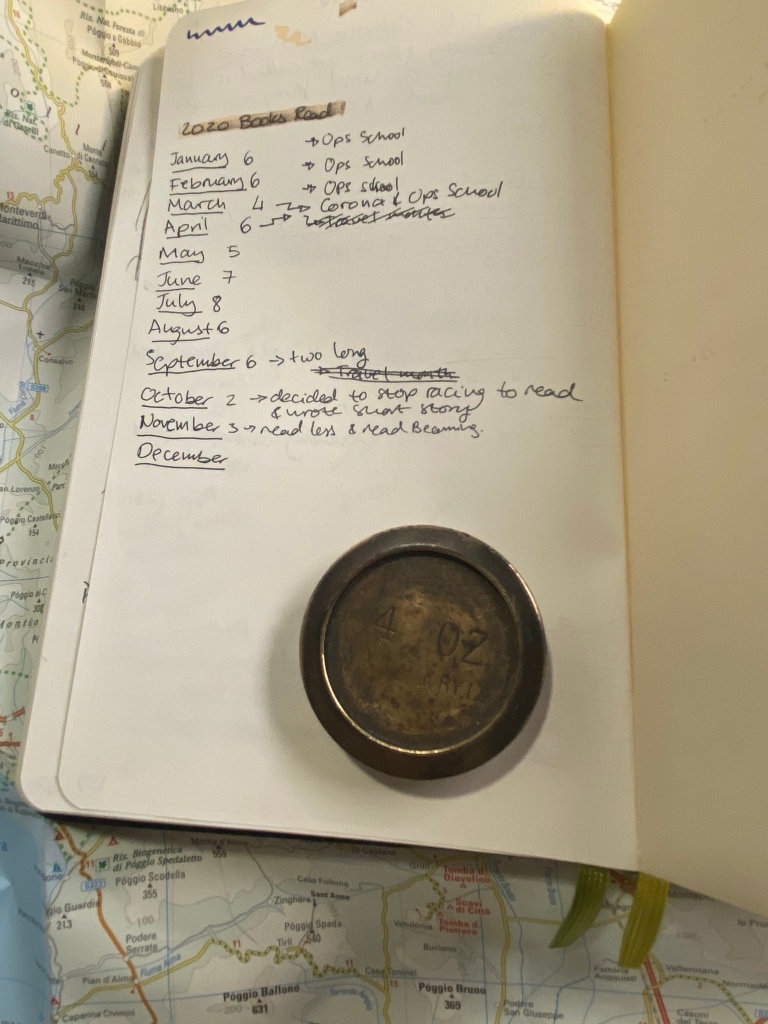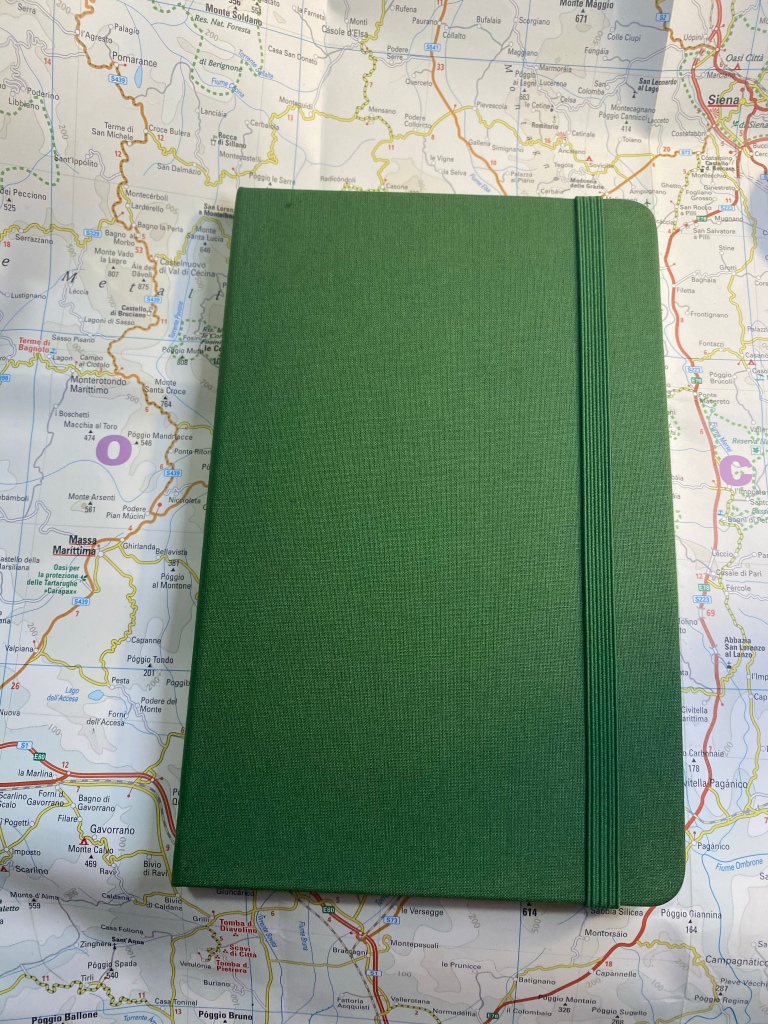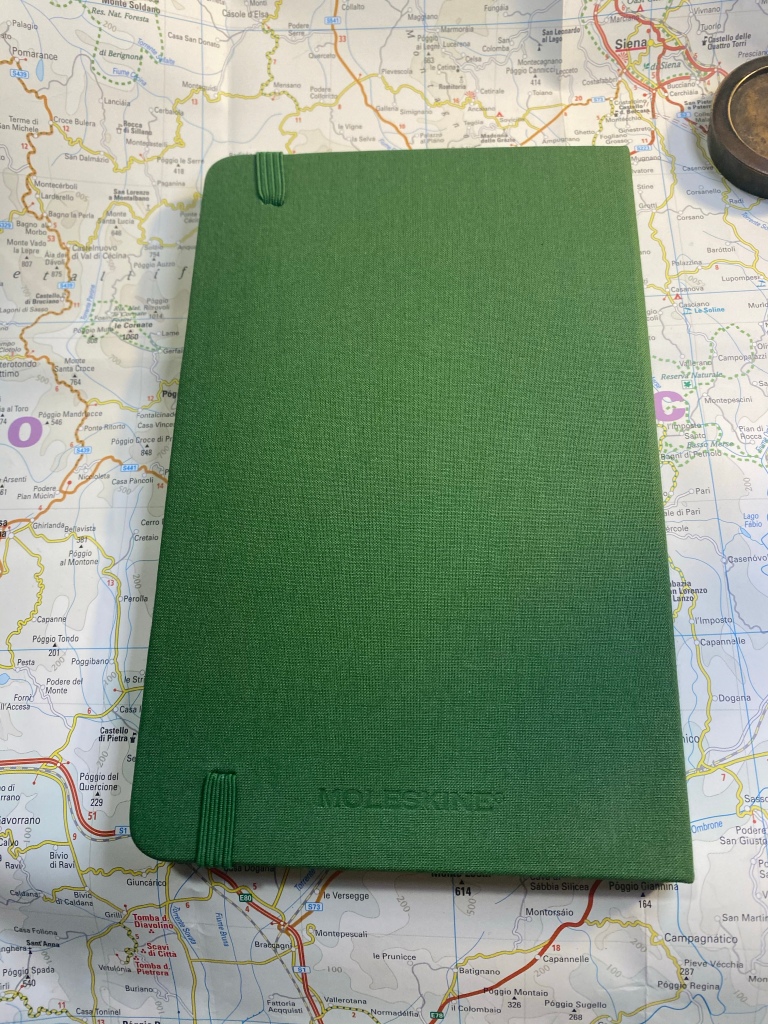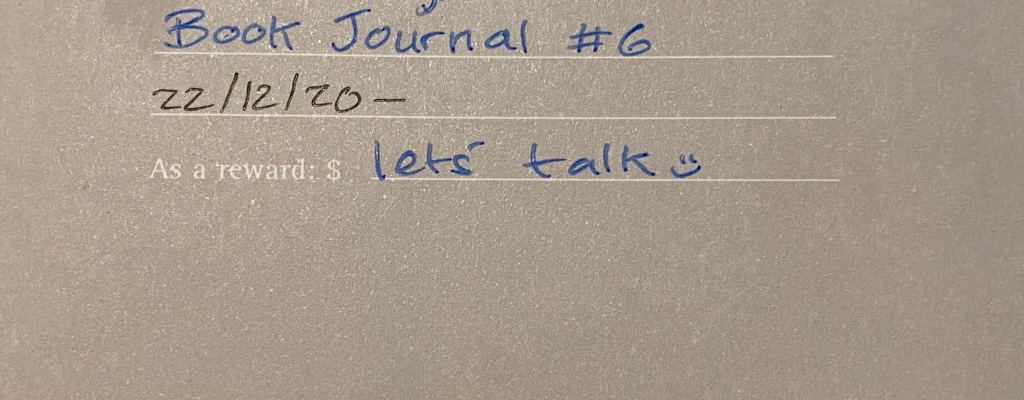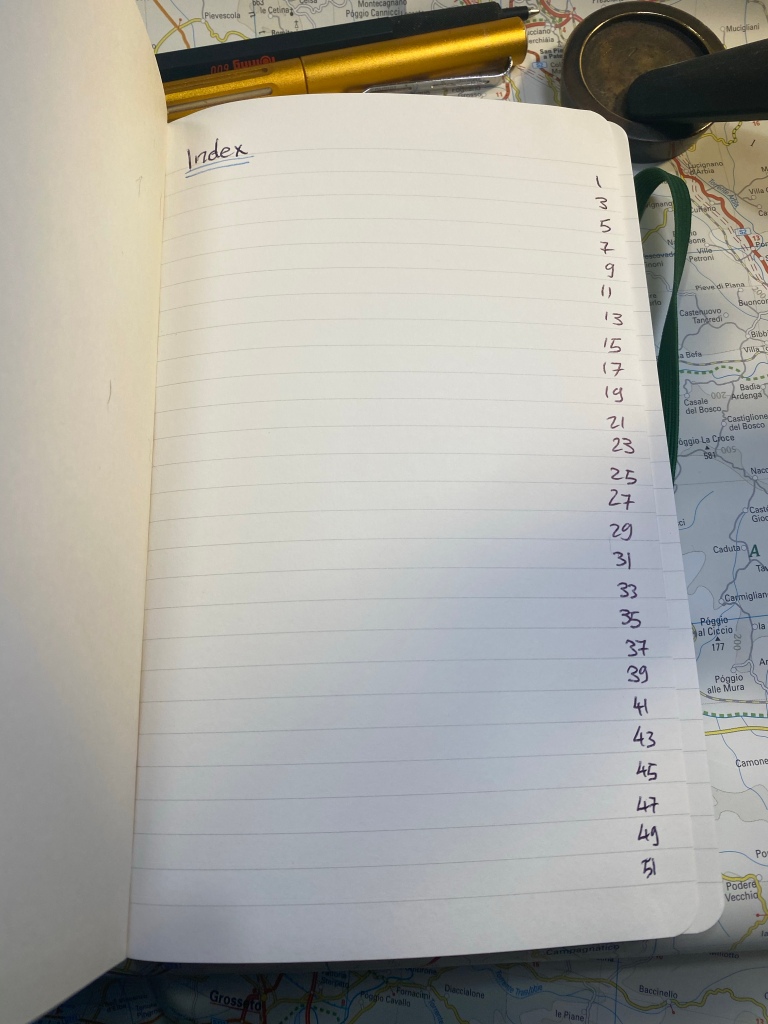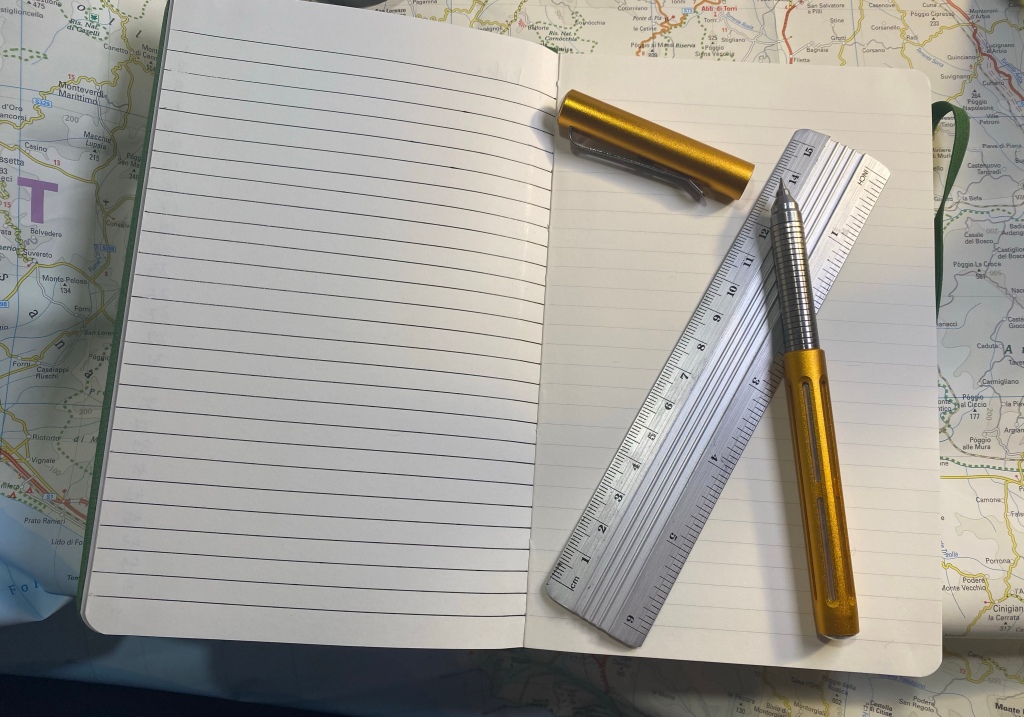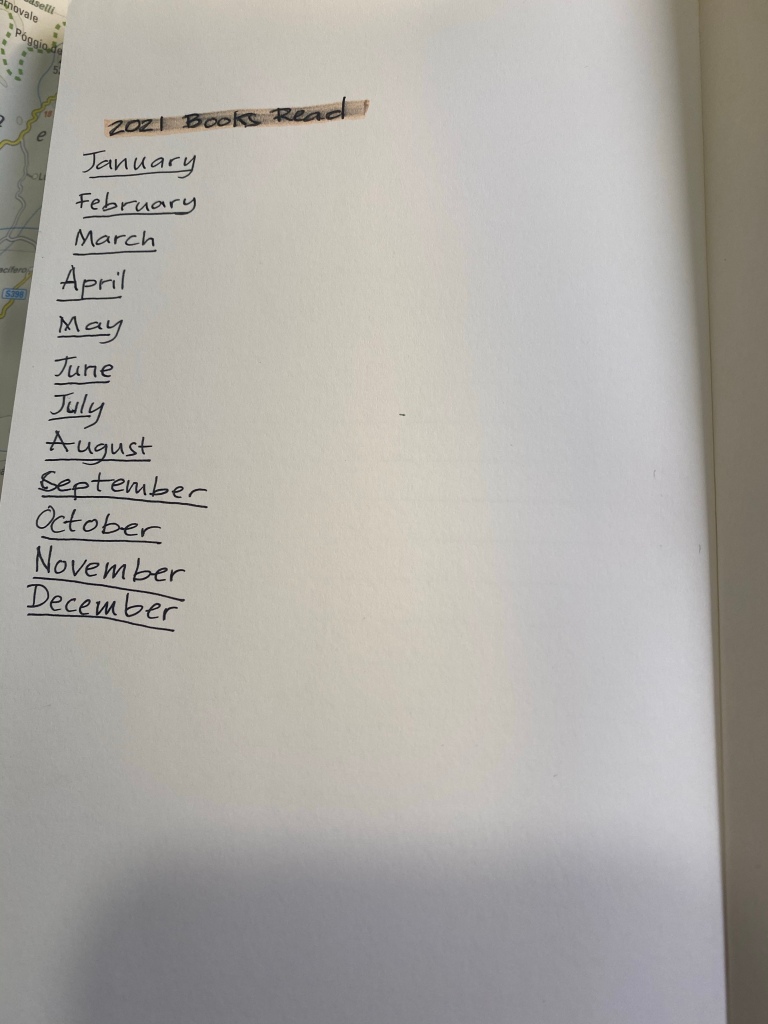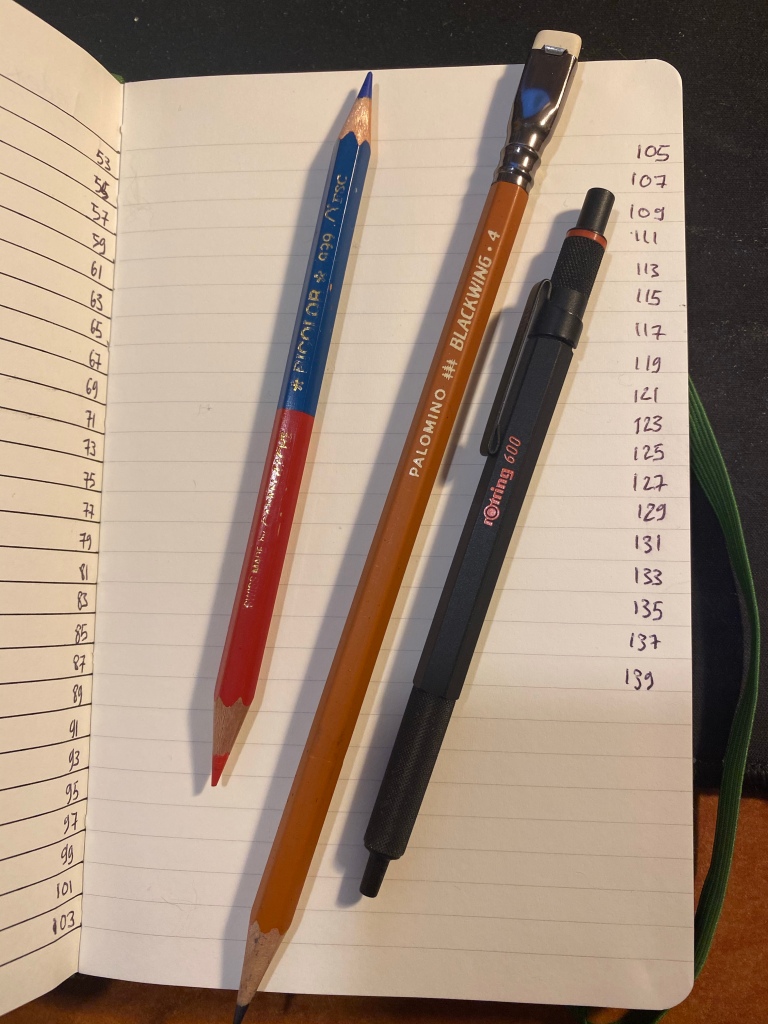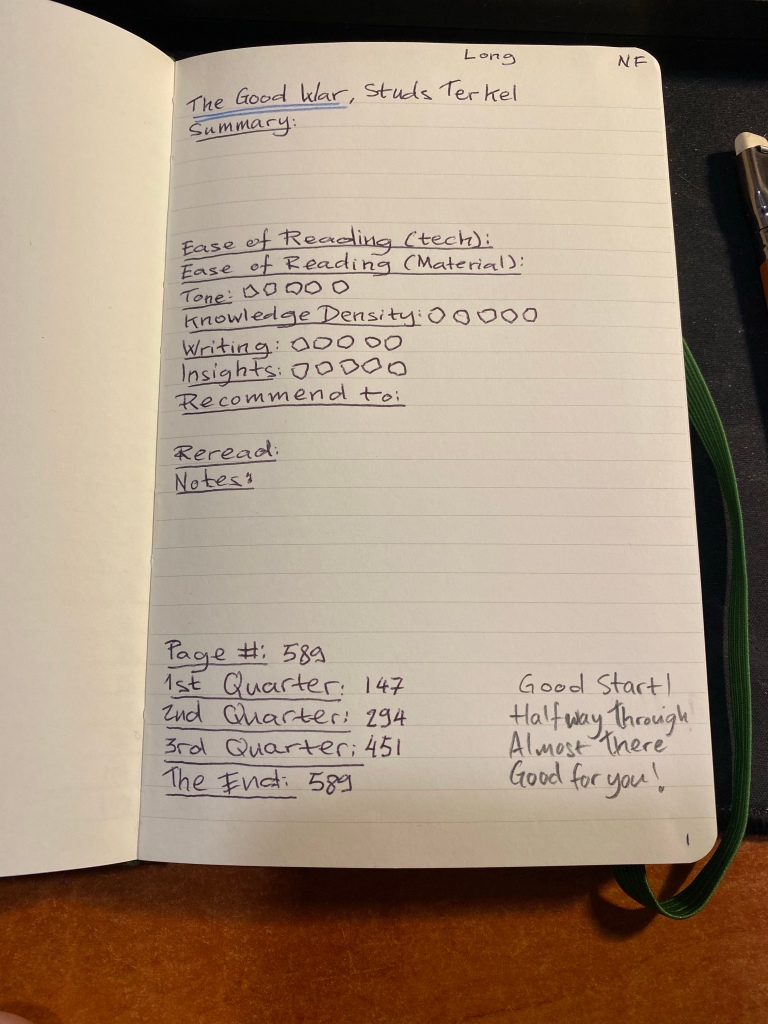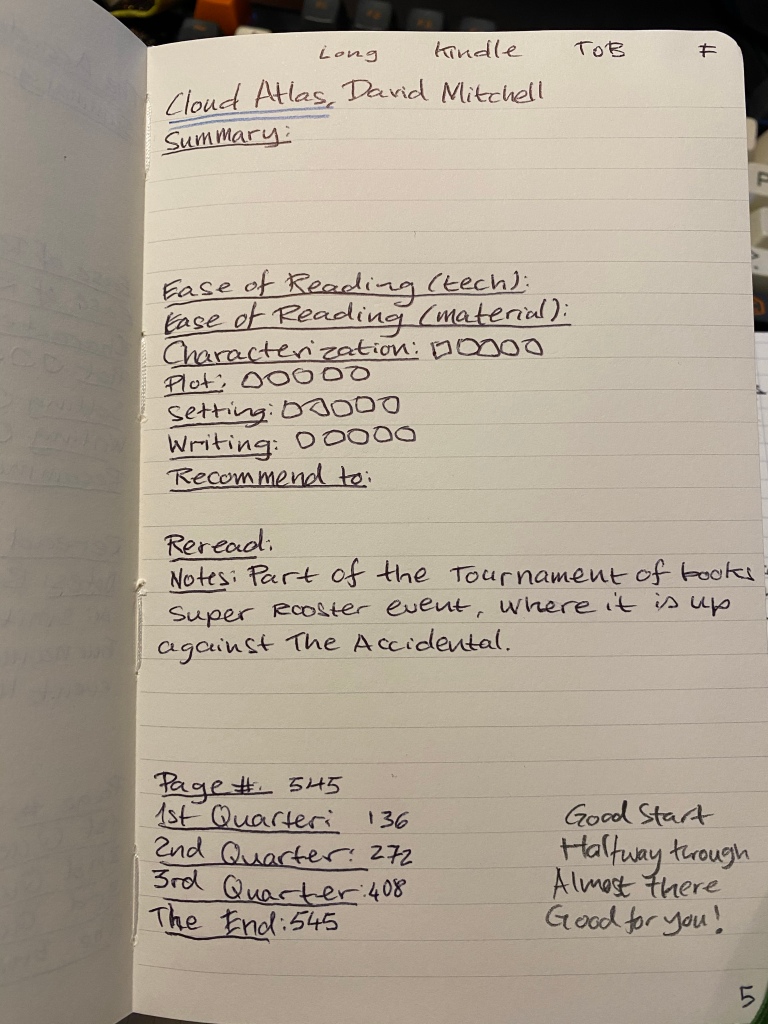2020 Yearly Goals (New Year’s Resolutions)
2020 was a pretty terrible year for most people, which is why I debated whether to even go over my 2020 goals or just talk about my 2021 ones. In the end I decided to talk about them, because 2020 really stress tested my system of yearly goals/resolutions.
At around March I thought that I’d have to trash the whole thing, as we went into our first lockdown of the year. My travel plans were cancelled. Any option to meet friends went out the door. My plans to change careers were at risk. I couldn’t even run, because the first lockdown involved extremely strict rules and the police were constantly around my house, yelling at people to go home and fining people. My writing was on the rocks, my drawing course was cancelled, and for the first time in my life I spent Passover alone.

After some debate I reminded myself that my goals were built with failsafes in mind, since my 2018 annus horribilis, and so I had a chance of completing most of them, even if I’d miss any “stretch goals” that I had in mind. The basic goals were there to keep me focused, motivated and moving in the right direction. In the end they worked. The got me working out when I couldn’t run, running in circles (literally) when I could only move in a 500 meter radius from my house. They got me to keep on reading, keep on writing (not as much as I would have liked, but I’ll take it), and to dare to make the career change that I promised myself.
I hit most of my basic goals, missed a few completely, and got a few more partially. Yet the point of this post isn’t to brag, as my year could have shaped out worse than it had. The point is that I would have given up on myself if I didn’t have a plan that I thought that I had a fighting chance to accomplish, given the circumstances. I couldn’t participate in any races, but I enrolled and ran in several virtual races. Races keep me motivated to run, and running makes me feel better and gets me out of the house. I couldn’t go the gym, but I could do NTC workouts at home, so I had a chance to get that in. Reading provided me with an escape, and my reading goals and reading journal provided me with motivation to read, and to read books that were challenging as well books that were comforting. I couldn’t meet up with friends to play tabletop and RPG games, but thanks to Discord, Steam and Zoom we could still play together.
All of these things required extra effort in a year that really did its best to convince me that it would be a good idea to give up in advance and write the year off. The infrastructure that my goals provided kept me on track, and helped me salvage something of this terrible year. They also taught me how to structure my goals for 2021 better, but more on that in a separate post.

